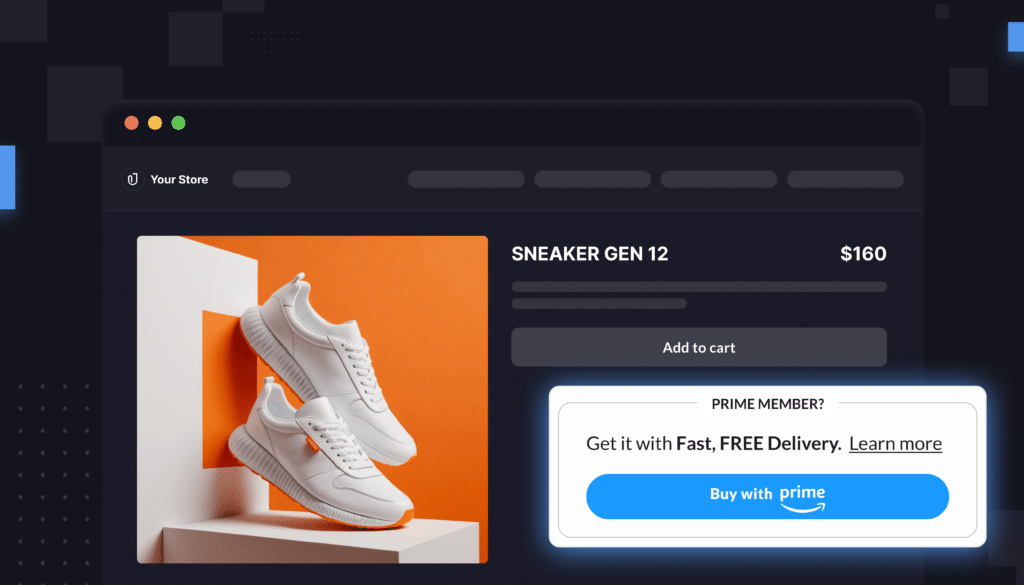“We were able to double our sales […and] create great brand awareness selling internationally on Amazon… without that platform we would probably never even have tried international sales… They made it very easy – they give you the information, they give you all the tools.”
– Elena Castaneda, Founder and CEO, Bling Jewelry
Castaneda’s is one of the many success stories highlighted on the Amazon Global Selling page. Castaneda started her jewelry business out of her one-bedroom apartment in New York City in 2008 and now sells in North America, Europe, Japan, China, and most recently, India, through Amazon. Selling globally allows lifestyle brands such as Bling to multiply their customer base and target peak shopping seasons across the world.
However, international expansion of this scale would most likely not have been possible for a small business like Bling were it not for the support and reach provided by Amazon. In fact, international expansion is daunting and risky even for large companies as brands that seek to sell overseas must overcome several challenges:
- Differences in consumer tastes
- Language differences
- Unfamiliar compliance requirements and local regulations
- Building brand awareness and trust in a new market
- Setting up reliable and efficient logistics and distribution networks
The good news is that Amazon Global Selling will help you with most of the challenges on this list.
WHY AMAZON GLOBAL SELLING?
Amazon Global Selling is one of the easiest and least risky ways to take your business to new markets. Here’s why:
-
The Amazon Advantage
Amazon is by far the largest ecommerce company and one of the most powerful brand names on the planet. When you enter a market through Amazon Global Selling you are immediately and automatically able to tap into Amazon’s immense brand equity and market reach. We’re talking millions of Amazon customers in some of the most lucrative markets across 180+ countries in North and South America, Europe, Asia-Pacific and the Middle East. Simply put, just having the Amazon brand name behind your product takes care of much of your brand building and marketing challenges.
-
End-to-End Support
Amazon guides and supports brands through the selling process, from the stage of making the decision to sell internationally all the way till order fulfillment. Here are just some of the services and benefits Amazon Global Selling extends:
a) Online resources and guides to help you craft your global sales strategy
The Resources section of the Amazon Global Selling page provides detailed selling guides about various aspects of selling in each of its marketplaces. This includes information about product-market fit (what to sell, where to sell), taxes, regulations and global peak seasons for shopping. Note, however, that Amazon only provides the basic information you require to understand the process of selling internationally; figuring out how the compliance requirements apply to your business is your responsibility. To make this easier, Amazon provides access to a solution provider network. More on that below.
b) Solution/Service Provider Network
Gaining access to expert advice and services is one of the biggest challenges for exporters. Through this service, Amazon provides you with a listing of third-party vendors who can help you with everything from tax and compliance to marketing and logistics.
c) Fulfillment by Amazon (FBA)
If you would rather just run your business than get into the intricacies of international shipping and support, FBA can give you access to Amazon’s top-notch fulfillment infrastructure and customer service. When you sign up for FBA, all you need to do to service an order is to send the products to an Amazon fulfillment center. Amazon will store your inventory, ship the order to its destination and provide customer service in the local language (on the other hand, sellers who opt to handle order fulfillments on their own are expected to ensure a seamless customer experience, from shipping to returns and refunds).
In addition, according to Amazon, “when you join FBA, your offers become more visible and more competitive. Your eligible products qualify for Amazon Prime, and FREE Delivery.”
FBA has no minimum requirements, setup charges or subscription fees. You only pay the fees for the storage, fulfillment and removal services you use. You are automatically registered for FBA when you sign up to sell on Amazon. To opt-in for FBA services simply select the Fulfillment by Amazon option when you list products.
d) Translate Your Products tool
This tool will, for a fee, help you have your product titles, descriptions and ASINS translated, checked and validated by native speakers of the markets you sell in. The tool currently offers translations from and into English, French, German, Italian and Spanish.
e) The Build International Listings tool (BIL)
Available in North America, Europe and Japan, BIL takes the effort out of selling globally by synchronizing pricing and offers across multiple marketplaces. BIL uses rules you set to manage offers across marketplaces through automated updates and allows you to see the status of all your offers on the BIL dashboard. This dashboard also allows you to replicate and manage offers efficiently in one place.
HOW TO SIGN UP WITH AMAZON GLOBAL SELLING
Step 1: Open an Amazon seller account in the new marketplace
After you have done your research and decided where and what you want to sell, you need to start executing your strategy by setting up an Amazon selling account for each of the new marketplaces. Keep in mind that Amazon has unified accounts for certain regions such as Europe and North America and an account for one of the countries in a region will give you access to the other marketplaces in the region.
Step 2: Create product listings in your new marketplace
A listing will include a product ID, a short product description, product features, product images and search terms. Note that product listing requirements can vary across marketplaces so remember to check individual marketplaces’ Help pages.
Step 3: Pick your fulfillment strategy
At this stage you must decide if you wish to opt for FBA or manage order fulfillment on your own. Carefully consider the resources at your disposal and customer expectations before making your decision.
Now you’re all set to start making more of your products to meet international demand. All the best!
Want more? Read how Jonathan expanded his brand globally while cutting down ACOS using Intentwise.
Read our post “Amazon Launches Sponsored Display Product Targeting” to understand how to use this powerful new feature optimally.







